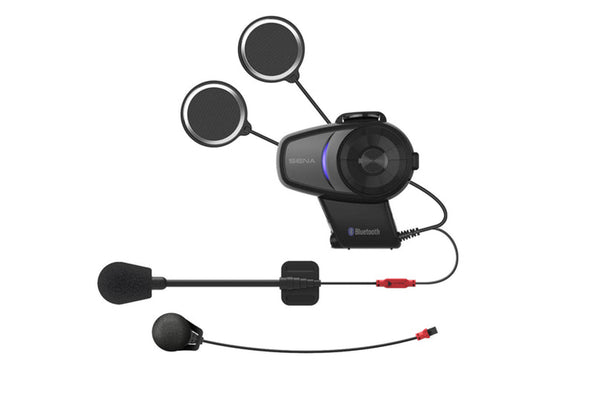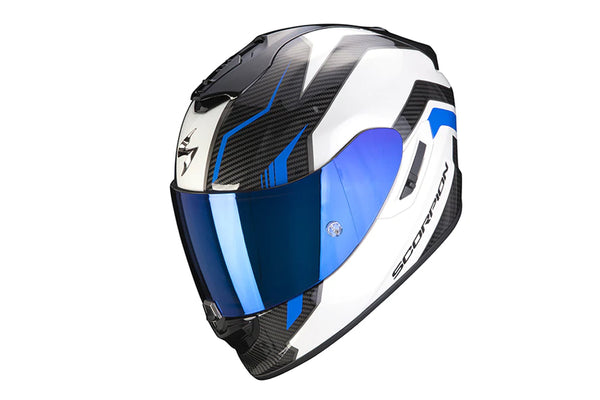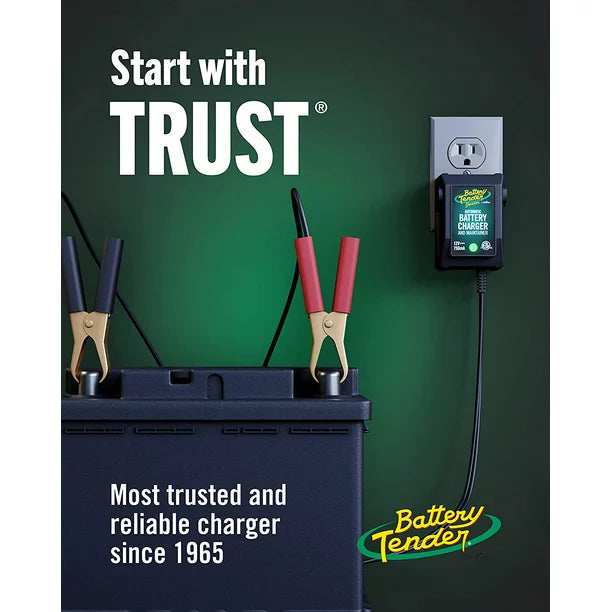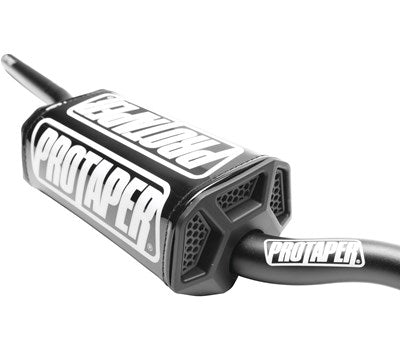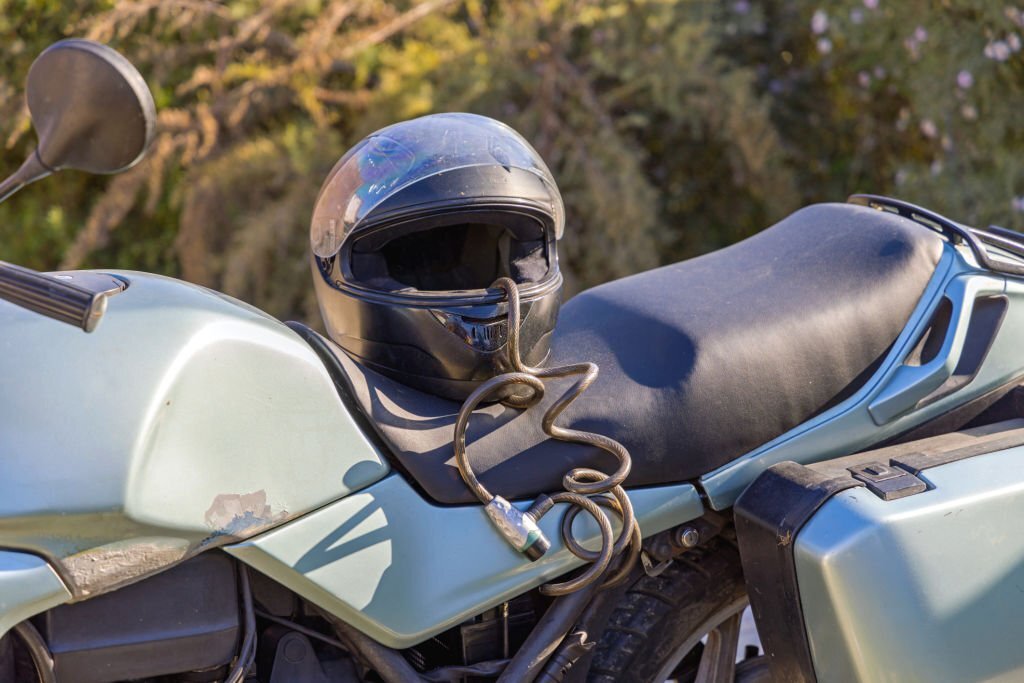Many modern motorcycle helmets, such as the Sena Momentum Evo, come equipped with Bluetooth and communication capabilities from the get-go, allowing you to enjoy listening to music, take directions from a navigation system, as well as communicate with others on the road.
There are also various types of Bluetooth helmet kits, which are audio and communication (or just audio, in some cases) devices that are meant to be installed onto a helmet that's compatible with them.
However, simply knowing that Bluetooth devices can be added to a helmet that doesn’t already have one is only half the worry. You also need to know how to add Bluetooth capabilities to your helmet. That’s where we come in.
Bluetooth helmets are legal in most parts of New Zealand and Australia, but you should always check with your local traffic authority to make doubly sure that everything’s above board.
What This Article Covers:
- Bluetooth for Motorcycle Helmets - How Does It Work?
- How to Add a Bluetooth/Communications System to Your Motorcycle Helmet
Bluetooth for Motorcycle Helmets - How Does It Work?
There are two ways to get a motorcycle helmet with Bluetooth capabilities. The simplest way is to buy one of the helmets that come with an integrated Bluetooth system with all the necessary speakers and components for wireless connection already present.
This is the best way to listen to music on a motorcycle, the only downside being the amount of money you have to pay. Motorcycle helmets with an integrated Bluetooth and communication system usually end up costing you more, and understandably so, although there are some affordable models out there.
The cheaper option is to purchase a Bluetooth-compatible motorcycle helmet. These come with compartments for the speakers located on the interior which allow you to add a Bluetooth helmet kit by fitting the speakers, microphone, and wiring by yourself.
How to Add a Bluetooth/Communications System to Your Motorcycle Helmet
Depending on the type of motorcycle helmet you have, there are two ways of going about adding a Bluetooth device. This depends on whether or not your helmet has compartments that make them compatible with Bluetooth devices.
Before installing a Bluetooth device on your helmet, there are some things you need to consider. For starters, you need to ask yourself whether Bluetooth helmets are safe for your riding style.
DIY Installation for Bluetooth Compatible Motorcycle Helmets
Step 1
First, you need to locate the point at which the interior EPS liner meets the outer shell of your helmet located at its base. Assuming you're using a clamp-type Bluetooth helmet kit like the Sena, this is the point where you connect the mounting plate of your device.
Step 2
After slipping the clamp between the EPS liner and the helmet’s outer shell, plug in your wired communication device and speakers to the base then screw the base onto the clamp. For full-face motorcycle helmets with a chin bar, a wired microphone can be stuck along the interior with help from the velcro pad that's provided.
If you own a motorcycle helmet that doesn’t have a chin bar, you can use the rodded boom microphone instead. That is, if you own a Bluetooth helmet kit that gives you that option. This is one of the reasons you need to be mindful of the compatibility between your helmet and the Bluetooth kit.
Step 3
After securing the base of your Bluetooth device onto the mounting plate at the base of your helmet, place the velcro pad along the interior in an area that's close to your mouth and away from any vents. With the velcro pad stuck in place, you can then place the wired microphone onto it. Once you’re done, direct any extra wiring behind the cheek pads to keep them out of the way.
Step 4
Next comes the speakers. Bluetooth-compatible motorcycle helmets have sockets behind the cheek pads that are made for speakers to be placed there securely and comfortably. The installation process follows the same procedure, simply remove the cheek pads and stick the speakers to the sockets using velcro.
Step 5
At this point, you'll have lots of loose wires hanging around, which just won't do. To remedy this, you need to remove the interior lining and then hide all the excess wiring there. Finally, place the lining and cheek pads back in their original place.
It's important to make sure all the wiring is well hidden and the lining is firmly in place.
After making sure the base of your device is clamped tight, you can attach the main Bluetooth device to finish it off.
DIY Installation for Motorcycle Helmets That Are Not Bluetooth Compatible
Even if you own a regular motorcycle helmet with no compartments for speakers, there are still ways for you to go about equipping your helmet with Bluetooth. This can be done using a regular Bluetooth headset, though it might take some DIY skills to pull off.
These are more or less the same steps you should take when installing an intercom system into your helmet.
Step 1
To prep your helmet, what you'll want to do is locate where your ears will be situated while wearing the helmet. Once you've located it, your next step is to mark the area and then cut it to make space in your helmet for the speakers and then remove the rest of the interior lining.
Step 2
Once the location for your speakers has been determined and marked, you'll then have to drill a hole through the helmet at that same spot. It will have to be big enough to pass the speaker's wires through.
At this point, your helmet will be ready for integrating the headset.
Step 3
Your next step is to disassemble the Bluetooth headset to expose all the wiring, as well as separate the speakers from the Bluetooth control panel. Be sure to note down the location of the wiring to avoid confusion.
Step 4
You’ll then have to pass the wires through the holes you made (you might need to extend the wires a bit) and then reattach the wiring of the speakers and Bluetooth control panel by passing it through the hole, with the speaker itself on the inside of your helmet and the Bluetooth control panel on the outside. Use glue to keep it secure.
After making sure it's attached and works properly, reattach the interior of the helmet and make sure everything fits accordingly with no pressure on your ears caused by the speakers.
If you enjoyed this piece, consider checking out other blogs:
- Is It Legal to Wear Earbuds While Riding a Motorcycle?
- Can You Listen to Music While on a Motorcycle?
- Are MIPS Bike Helmets Safer?
- Are Open-Face Motorcycle Helmets Safe
- Highest Motorcycle Helmet Standard
- Best Motorcycle Helmet
- Most Advanced Motorcycle Helmets
- Are Expensive Motorcycle Helmets Worth It
- How Much Should I Pay for a Motorcycle Helmet
- Best and Safest Motorcycle Helmet
- Best Budget Full Face Motorcycle Helmet
- Best Open Face Motorcycle Helmets
- Best Low Profile Motorcycle Helmet
- Best Half Shell Motorcycle Helmet
- What Are Modular Motorcycle Helmets




